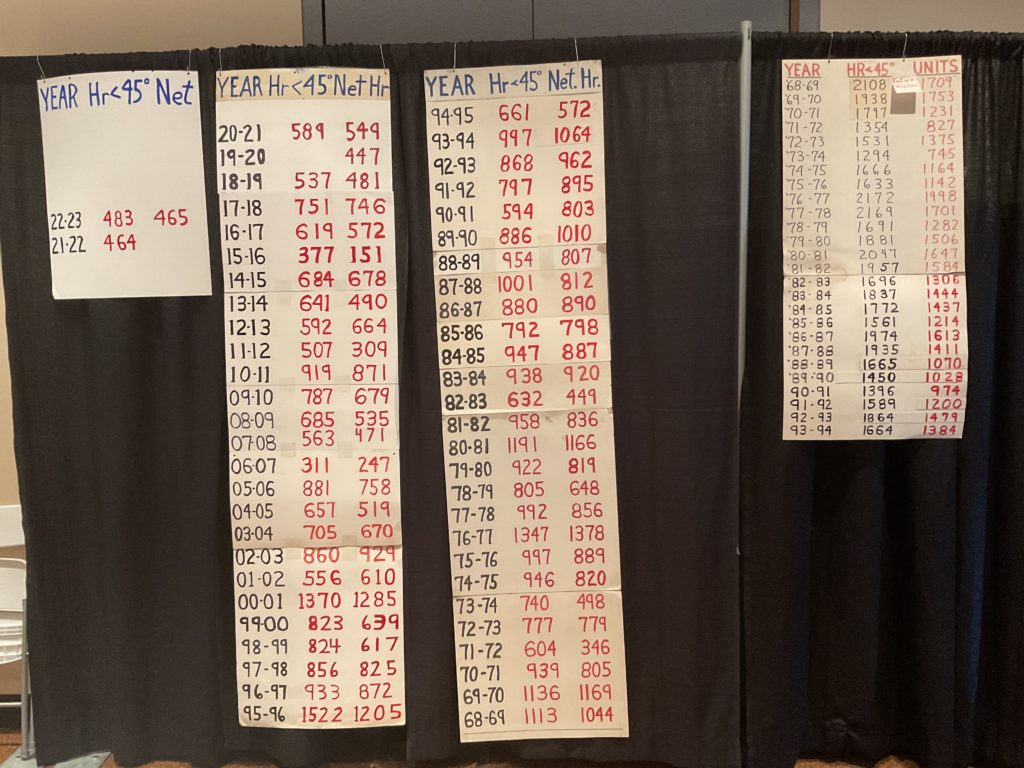By Frank Giles
The North Carolina Blueberry Council presented its 57th annual open house and trade show on Jan. 10–11 in Fayetteville. The event drew area growers to learn about the latest research from North Carolina State University (NC State) and to check out the latest products and services available on the trade show floor.

Bill Cline, NC State entomologist and plant pathologist, organizes the education program and presented a recap of the 2022 season. He noted one of the big stories last season was a freeze on the morning of March 12 that caused widespread injury on blueberries, especially southern highbush cultivars like Star and Rebel. Those varieties were in bloom or the green fruit stage.
Later-maturing cultivars were not as far along in bloom and suffered less damage. Cline said he believes about 25% to 30% of the 2022 crop was lost to the freeze event.
Cline said another notable impact of the freeze was wind speeds in the range of 15 to 25 miles per hour.
“At the time, I advised blueberry growers not to attempt freeze protection given the windy conditions due to the risk of doing more harm than good,” he said. “Some growers attempted freeze protection on the earliest blooming varieties, but with little success.”

Cline also presented data on global blueberry production throughout the year and relative prices. Last season, the North Carolina market window enjoyed improved prices due to the freeze damage in the state and in Georgia. The data also showed the continuing boom in blueberry production in Peru, which now produces a nearly year-round supply.
Although last year’s freeze caused damage, a great illustration of general warming trends in the state was on display in the education hall. A handwritten tally has documented chill hours starting in 1968 until present day. In the early years of the tally, chilling hours in the state were routinely near or above 2,000 hours. In recent history, those numbers have fallen regularly into the 500 hours range.









